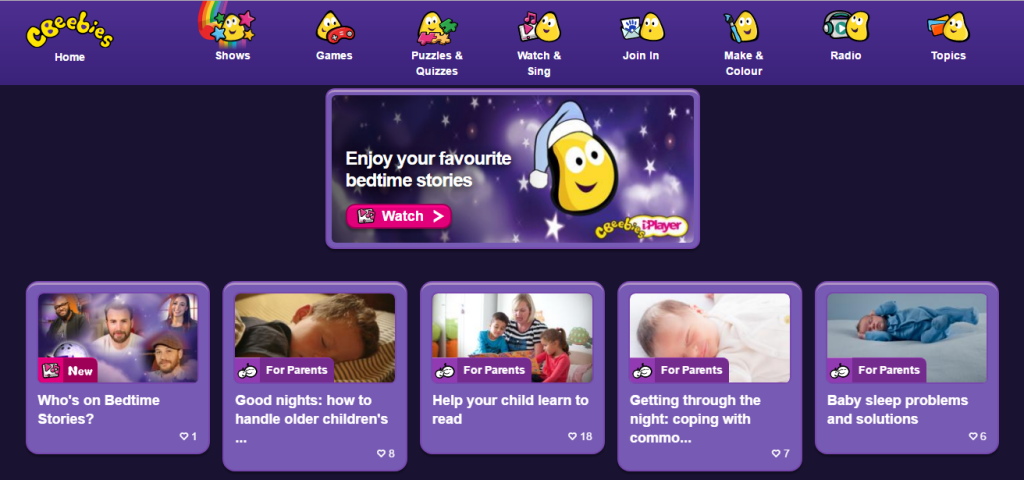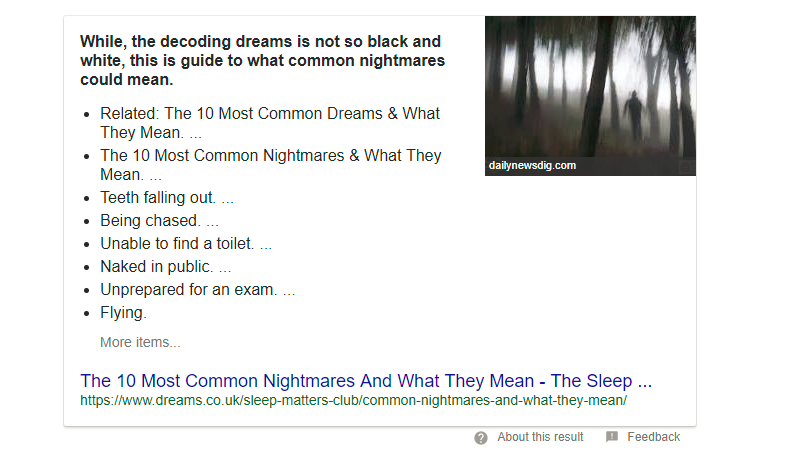Content marketing is at its best when it provides useful, valuable and frequent information to a relevant audience.
But, it’s just as important to build a good relationship with your customers. It’s all well and good having lots of information-rich content for your brand, but how can you ensure that it speaks well to your audience? Here are four key ways to keep your readers switched on with your content and achieve the best audience engagement you can.
1. ‘Sell, sell, sell’ doesn’t sell
We’ve all read those articles that look more like a script for a bad radio ad than a useful piece of content.
Example: Do you get home from work with aching feet? At [Insert brand name], our shoes come in a variety of styles so you can find the perfect pair to suit your needs. Whether you want comfortable heels, trainers or smart work shoes, we have it all. We also sell everything you need to keep them looking brand new. Here are five ways you can stop your feet from aching during work.
Cue a listicle filled with more hard-selling in every point. Your audience won’t read on because they don’t want to be given a sales pitch.
Key: Ditch the ‘salesy’ tone.
Sure, one of the main reasons for brilliant content creation is ultimately to create leads and increase revenue. But it shouldn’t come across that way. No one likes being pressurised into buying something without having the time to research or think about it first.
Instead of trying to sell to your audience, try to help them. Your customer will be coming to you because they are looking for a product that you provide. So, producing content that answers their questions surrounding that product will build trust and leave a lasting impression.
Example: ASOS Magazine
Fashion retailer ASOS began in 2000 from an idea that people could buy clothes they had seen celebrities wearing. They had a pre-tax profit of 14% calculated this year and are continuing to grow by the day.

ASOS produce an online magazine section, Fashion & Beauty Feed, featuring ‘how to’, trend and interview-based posts. They also send a print magazine to their premier customers which has unique and exclusive content. You can then visit their site and head to ‘shop ASOS magazine’ for instant access to their recommended items.

ASOS treat content as one of their most important business strategies. Content marketing is all about building rapport and they describe their customer buying journey as ‘useful and inspirational – like a stylish best friend’. Long-term success lies in consistent and high-quality work, which ASOS have proven. Provide your readers with unbiased help and let your product speak for itself, without treating them like a target.
Read more: 5 Reasons Why Journalists Aren’t Using Your Content
2. Tailor your content to their needs, not yours
Everyone wants to know the detailed ins and outs of the industry you work in, right? Wrong.
You wouldn’t read reams of articles about the back end of a business you have no interest in, but you might want to read articles about things related to their products. In other words, we’ll only read about the things that engage us and that we care about.
Key: Know your audience.
You need to understand who they are before you can start writing things that excite them. Find out what interests them, what else they’re reading and what they engage with most. Then, create your own, better versions of those things with fresh ideas. This will make your audience look forward to seeing what you’ll produce next.
Example: CBeebies
To illustrate this, let’s look at CBeebies. The toddler-tailored BBC spin-off channel has a programme called Bedtime Stories in which a celebrity is chosen to read a children’s book. The BBC – understanding that their viewers are not only the children but also the parents – have cleverly chosen celebrities to appeal to them. Most notably, Tom Hardy’s appearance was particularly popular, with his trailer receiving over four million views before the segment even aired.
The programme brought not only children and parents to the channel, but also plenty of Hardy fans, broadening the audience. By recognising not only a market for children but also their guardians, the BBC managed to turn a five-minute programme into a trending phenomenon.
In addition to this, their site offers supporting articles and resource sections about helping children to read and associated advice. Unlike other children’s channels, CBeebies has created its own unique content to appeal to the whole family, making it an interactive experience. By offering everything that’s needed, CBeebies viewers can become loyal, even choosing to switch to CBBC when they reach an older age.

Of course, your content should still be relevant to your brand, but writing about topics that only you’re concerned with will alienate your readers. After all, you’re writing it for them, not you.
3. Quality over quantity
Producing more content doesn’t mean more leads or more sales.
It means spamming your potential customers with information they don’t need or want. There are probably countless emails you receive daily that you don’t even read before deleting. Put out too much content and you’ll risk it ending up in the recycle bin.
Key: Don’t produce content for the sake of it.
You’d rather read one amazing novel than 10 mediocre stories. The same goes for your content. Producing too much can have the opposite effect that you desire. Yes, your readers will have lots of information to read, but you risk bombarding them. Additionally, the quality of work is much more likely to decline with each article. You have to ask yourself the difficult question, ‘would our readers miss our content if we stopped producing it?’. If the answer is no, it may be time to change or re-work your content production strategy.
Example: 77 Diamonds
77 Diamonds are a bespoke jewellers who specialise in custom designed engagement rings.
Understanding the fast frequency of celebrity engagements, the company knew better than to create a throwaway article every time one occurred. 77 Diamonds decided to bring permanence to the topic by creating an annual report which discussed the most significant celebrity engagements from the past five years.

A research team analysed 100 high-profile proposals to see what gems make the rich and famous tick. Factors under consideration included the cut and clarity of the diamond used, as well as the metal used for the ring. This Celebrity Engagement Audit highlighted some interesting and surprising statistics and resulted in 48 pieces of coverage from the likes of Vogue, Yahoo!, Brides.com, Marie Claire magazine.
Work out how much content works best for your brand and stick to it. For 77 Diamonds, once a year is just perfect for this project.
4. Be SEO Savvy
Your content can enhance SEO brilliantly, but only if done properly. You don’t want to sound like a broken record.
Example: Buying a sofa can be a difficult task. If you’re trying to choose what style of sofa, what size sofa or what colour sofa, there’s so much to consider. Here’s our sofa style guide on choosing the best sofa for your home.
Key: Incorporate SEO tactics into your content naturally.
Sentences stuffed with keywords can make your articles sound forced and disjointed. Instead, scatter your keywords throughout your content at relevant places. Only use keywords that are going to direct audiences to useful content, otherwise, your pages will suffer in the long run. The Google algorithm is constantly updating to pick up SEO ‘cheats’, including trying to use high ranking keywords or key phrases to funnel a search to your content. If your content is irrelevant, Google may penalise you and it could harm your site’s ranking.
Try to use high-quality links, sparingly. Cramming your content with bad links can look suspicious and, like keyword overuse, can lead to search engine penalties. If the Google algorithm picks up on too many links on your site, it could appear that you are just trying to generate links to your own site. You want your brand to be regarded as trustworthy, not deceitful.
Example: Sleep Matters Club
Dreams is the UK’s number one specialist bed retailer. They created their digital magazine Sleep Matters Club with a view of ‘owning sleep’ with cleverly created resource articles, infographics and expert posts.
Through keyword research, they were able to answer customers’ most frequently asked questions in a way that was engaging. Their articles are optimised to rank well, with related keywords used throughout, neat meta descriptions and smart title tags. By doing this, Dreams have ensured high rankings for less competitive key phrases. This has gained them featured snippets on Google for phrases such as ‘most common nightmares’:

Dreams’ content is a part of their wider strategy for creating an owned audience. And with rankings like this, it’s clearly working.
Using these tips should ensure that your content does its job properly and hopefully see an increase in success.
Think you might need our help to do it? Visit our Content Marketing page to see what we can do.
